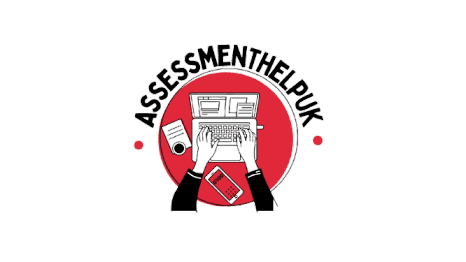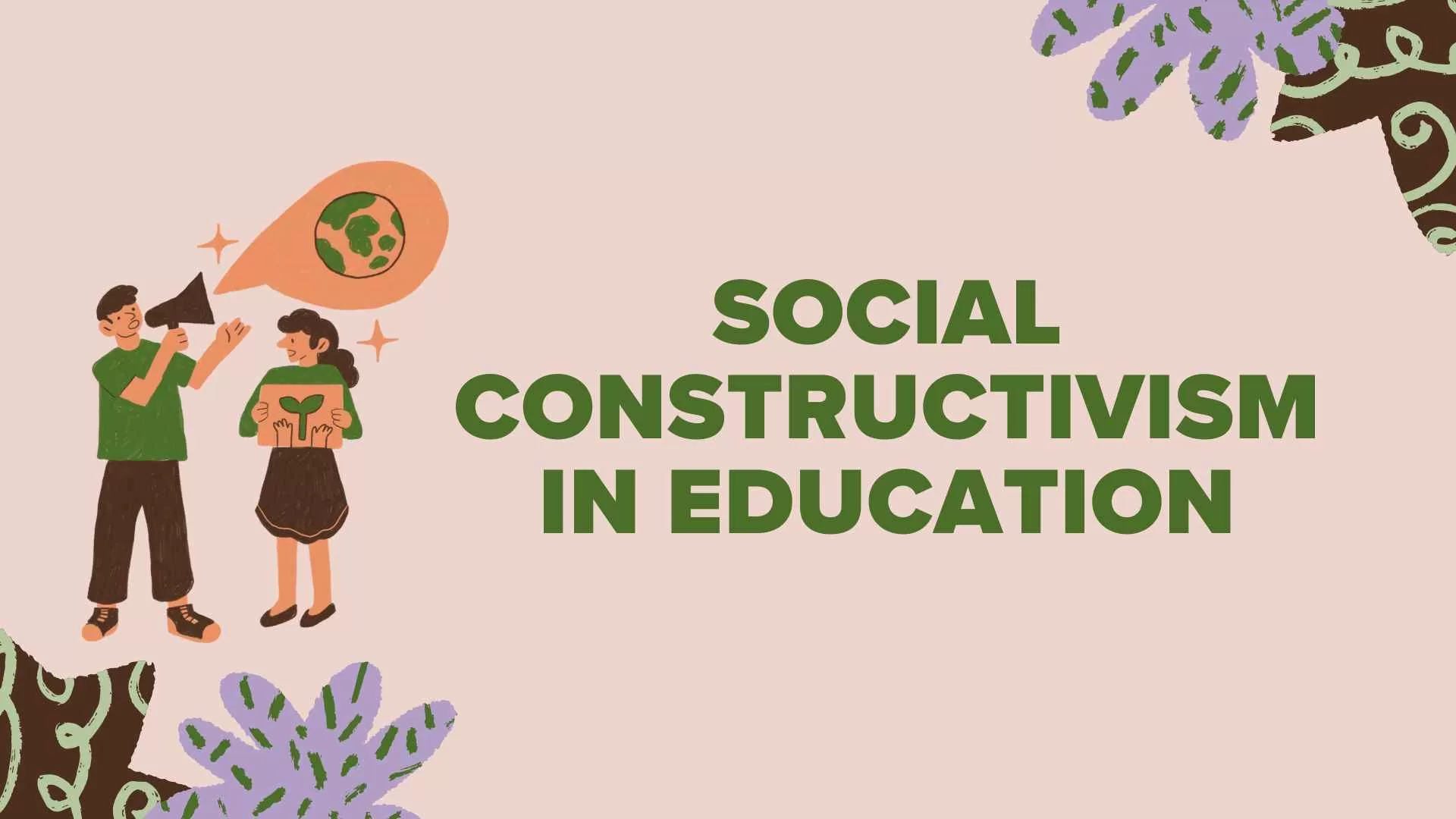Learning isn’t about memorising, it’s about making meaning together.
Understanding how students actually learn is not just about their interactions with books or assessments; it’s about how they interact, discover, ask, and even develop knowledge through lived experiences. This is where Social Constructivism in education comes in. A learning theory that understands knowledge not as information simply transferred by the teacher, but also constructed through interaction, reflection and collaboration.
As educators, learning about this completely reframes how we think about the classroom, from silent content delivery spaces to dynamic spaces of interaction and engagement. So, let’s get into it and discover how this methodology changes everything we thought we knew about learning, teaching, and learning together.
The Core of Social Constructivism in Education
Social
Essentially, Vygotsky’s first idea of the Zone of Proximal Development is the most relevant one, the notion that learners develop best when someone more knowledgeable is guiding them, which could be a teacher or a parent. It emphasises the fragile point of independence and support, the place where real learning happens, just a little bit beyond what a student is capable of doing on their
Interaction as the Catalyst for Understanding
What many of them misunderstood is that social constructivism doesn’t need any collaboration; the truth is, it lives on it, they’re not only exchanging information, they’re shaping their understanding. For instance, group discussions, feedback, or even project-based learning that fosters not only the knowledge but also the communication and empathy.
Each and every interaction allows learners to test, refine, and rebuild their mental frameworks. This is what turns passive knowledge into a living experience, a typical model that needs a refresher in behaviourism (see: What is behaviourism? often overlooked.
How Experience Shapes Learning
While the theory provides strong support, experience gives learning its own depth. Social constructivism says that students usually gather the concepts when they connect them to the real world, be it through experiments, fieldwork, or even classroom simulations. Experimental learning fulfils the gap between knowing and understanding. It helps students to feel the lesson rather than just remember it, turning abstract ideas into a practical insight.
The Role of Reflection in Deep Learning
Reflection is where an experience shifts into growth. After participating in collaborative or hands-on tasks, learners benefit from pausing to assess and see how and why they learned, what they did. This metacognitive step strengthens memory, builds autonomy, and even encourages a lifelong curiosity for learning.
Applying Social Constructivism in Modern Classrooms
Bringing Social Constructivism in Education to life is about reshaping the classroom from a place of one-way instruction to a space of active dialogue. It’s not about changing the structure with chaos, but about balancing guidance with active participation, where students become co-creators of knowledge rather than just participants.
Most of the schools, colleges, and universities use this approach to translate this into a practical strategy that allows collaboration, contextual learning, and even critical reflection, all of which are essential for developing independent thinkers.
Collaborative Learning as a Teaching Tool
One of the strongest applications of social constructivism is collaborative learning, where students gather and work together on a connected project, negotiate meaning, challenge assumptions, and even learn from one another’s standpoints. In this practice, it may look like:
- Group projects where learners must justify their choices and reflect on feedback.
- Teaching sessions that help students articulate and reinforce their understanding.
- Class debates or case studies that encourage critical thinking over memorisation.
Technology as a Modern Social Space for Learning
In the digital age, interaction goes far above the classroom walls, online forums, virtual classrooms, and even collaborative tools such as Google Workspace or Padlet, which embrace the core principles of Social Constructivism in Education by making spaces for shared exploration.
When used correctly, technology allows learners to co-construct knowledge, which could be through collaborative research projects, digital storytelling, or even cross-cultural discussions. However, an effective implementation needs a strong balance. Technology should always serve as a bridge of human interaction, not as a substitute for it.
Educators adopt this model and set it in an in-person discussion with digital engagement, a hybrid that shows how modern professionals communicate and learn, turning technology into a social ecosystem that supports the driving nature and strong collaboration.
The Impact of Social Constructivism on Learning and Development
The true essence of social constructivism in education goes above academic perimeters; it shapes students’ thinking capabilities, communication, and even connects with the world around them. By learning with and from others, students move from absorbing knowledge to active participation, and that shift builds up the knowledge as well as confidence, empathy, and even self-direction.
Unlike the traditional models that prioritise repetition and recall, social constructivism enables meaningful understanding. It encourages learners to apply concepts, question what was once an assumption, and reflect on their learning journey. The result isn’t just a classroom that is full of memories, but a community of mixed thinkers, individuals who are capable of adapting, reasoning, and collaborating in tough and unpredictable settings.
Building Critical and Creative Thinkers
In a constructivist environment, curiosity is seen and valued as correctness. Students are then instructed to explore why this idea makes sense, not simply because of what the right answer is, but through discussion, feedback, and inquiry-based learning, they build a more flexible and resilient mindset. This fosters two essential capacities, such as:
- Critical thinking: The ability to challenge, analyse, and weigh different viewpoints logically.
- Creative thinking: The confidence to generate new ideas, experiment, and connect concepts across disciplines.
When learners take part in dialogues or collaborate to solve a problem, they experience knowledge as something fluid and alive rather than something factual. This approach empowers them to take a strong ownership of their learning, a skill which proves to be invaluable in higher education and professional life alike.
Emotional and Social Growth Through Collaboration
Above academic results, social constructivism also shapes emotional integrity and social responsiveness. Group-based activity, monitoring, and classroom discussion teach students to listen proactively, respect differences, and even manage conflict constructively.
This exposure to having a diverse perception helps them to know that disagreement doesn’t even hinder learning; it deepens it. Working through contrasting ideas makes resilience, empathy, and adaptability, preparing them for the collaborative nature of modern workspaces. Eventually, Social Constructivism in Education shapes learners who aren’t just knowledgeable, but capable of understanding themselves and others. It turns education into an ongoing conversation, one that connects intellectual and emotional experiences all in one.
Comparing Social Constructivism with Traditional Learning Models
To know the real value of social constructivism in education, it helps to see what makes it different from regular learning models, especially in behaviour patterns, which mainly focus on observable actions rather than internal thought processes. Both of them are shaping modern education; they approach the concept of learning from different angles.
For
Conversely, social constructivism moves the teacher’s role from the centre to that of the learner. It is not a point of question how many times a fact can be repeated, but rather how, through different things like context, discussion, and experience, one can arrive at the meaning. Focusing only on what students learn is replaced by questioning how and why they
Key Differences Between Constructivism and Behaviourism
| Aspect | Behaviourism | Social Constructivism |
| View of Learning | Learning is a behavioural response to external stimuli. | Learning is an active, social process of constructing meaning. |
| Role of the Teacher | Instructor, authority, transmitter of knowledge. | Facilitator, guide, co-learner in shared discovery. |
| Role of the Student | Passive recipient; learns through repetition and reinforcement. | Active participant; learns through interaction and reflection. |
| Focus | Observable behaviour and measurable outcomes. | Understanding, reasoning, and collaboration. |
| Methods | Drills, testing, conditioning, rewards. | Group work, discussion, inquiry, and real-world application. |
Why Constructivism Resonates in Modern Education
Now, where modern thinking, adaptability, and emotional intelligence are just as vital as knowledge, social constructivism simply aligns much better, as it responds to the needs of a world that values collaboration more than competition.
While the behaviourist techniques still have a way to address why behind learning, not just how, it changes education into a living dialogue, where every learner’s perspective adds another value to the collective understanding.
Bringing Learning to Life
Essentially,
Such an instrument is found in schools, companies, and even on the internet, where it helps to develop independent thinkers and empathetic collaborators. It is not a matter of getting rid of structure or facts, rather it is about giving them a new life through experience and dialogue. That is the reason why social constructivism continues to be a major influence in 21st-century education; thus, it is the main goal that teachers create environments where one’s innate drive for learning is curiosity, and this curiosity is then satisfied through understanding, and this, in turn, leads to
FAQs on Social Constructivism in Education
What is the main idea behind Social Constructivism in Education?
The main idea is that learning occurs through social interaction and shared experiences. Students build understanding by engaging with teachers and their environment rather than by passively absorbing information.
How does Social Constructivism differ from traditional teaching methods?
Traditional models often priorities memorization and teacher-led instruction. Social constructivism, in contrast, promotes dialogue, collaboration, and reflection, giving learners an active role in shaping their knowledge.
Who are the key theorists behind Social Constructivism?
Lev Vygotsky is the central figure associated with social constructivism. His concept of the Zone of Proximal Development highlights how learners grow best with the guidance of others who challenge them just beyond their current ability.
What are practical examples of Social Constructivism in the classroom?
Examples include group discussions, peer mentoring, project-based learning, classroom debates, and real-world problem-solving exercises — all designed to foster collaboration and deeper understanding.
Can Social Constructivism work in online or hybrid learning environments
Absolutely. Digital tools such as discussion boards, collaborative documents, and peer feedback systems make it easier than ever to apply social constructivist principles in virtual classrooms.
How does Social Constructivism relate to Behaviourism?
While behaviorism focuses on external reinforcement and observable actions, social constructivism prioritizes internal understanding and shared meaning-making.



